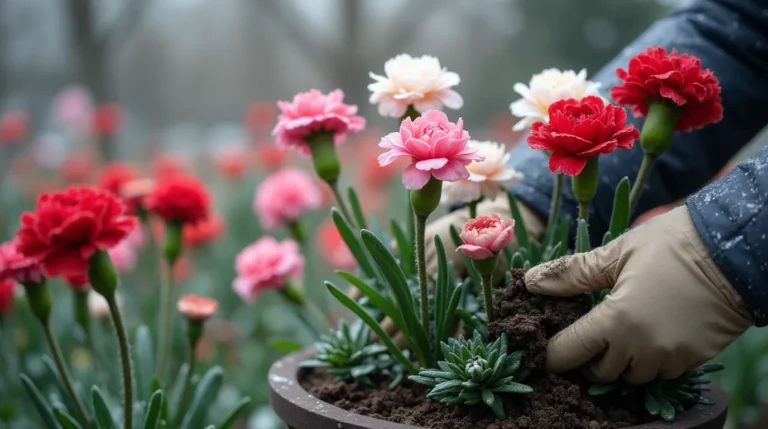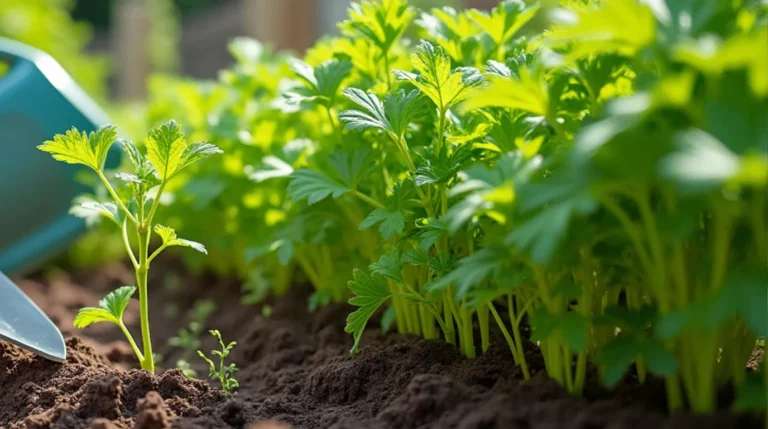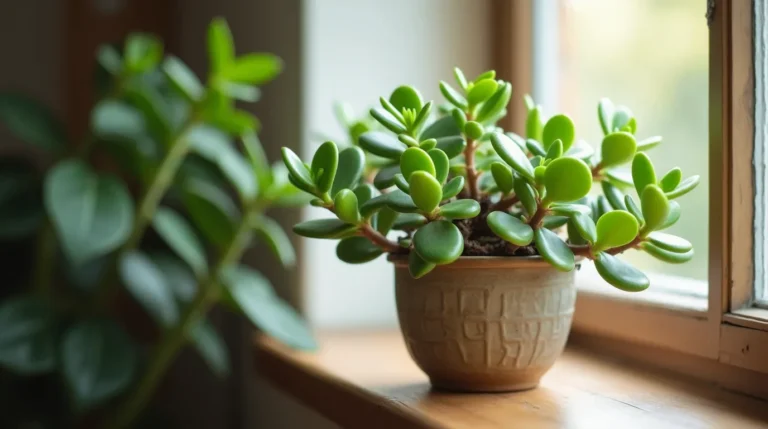Foxglove Growing Secrets: From Seed to Stunning Blooms
Growing foxglove can transform your garden into a vibrant display of towering spires adorned with bell-shaped blooms. These enchanting flowers, known for their striking appearance and range of colors, are a favorite among garden enthusiasts. In this guide, we will reveal the secrets to successfully cultivating foxglove, from sowing seeds to nurturing stunning blooms. Whether you’re a seasoned gardener or a novice, our tips and techniques will help you achieve a spectacular floral showcase that will be the envy of your neighborhood. Discover the magic of foxglove and elevate your gardening game to new heights.
Starting with Seeds
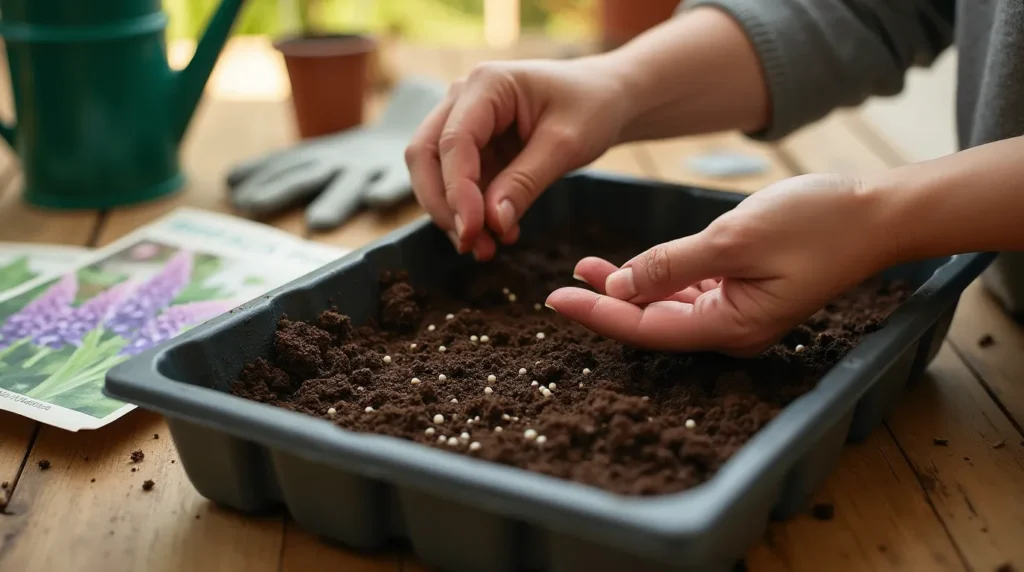
Choosing the Right Seeds
Selecting the right foxglove seeds is crucial for a successful bloom. Start by deciding which variety of foxglove you prefer. Common varieties include Digitalis purpurea, with its classic tall spikes and purple flowers, and Digitalis grandiflora, known for its yellow blooms. Choose seeds from a reputable supplier to ensure high germination rates and plant health. Look for seeds that are fresh and have been stored in cool, dry conditions. Additionally, consider whether you want biennial or perennial foxglove, as this will affect your planting schedule and garden planning. By investing time in selecting quality seeds, you set the foundation for a thriving garden filled with stunning foxglove blooms.
Germination Techniques
To germinate foxglove seeds successfully, begin by preparing a seed tray with a well-draining, sterile seed-starting mix. Gently dampen the soil before planting the seeds. Foxglove seeds require light to germinate, so scatter them on the surface of the soil without covering them. Carefully press the seeds into the soil to ensure they make proper contact. Place the seed tray in a location with indirect sunlight and maintain a consistent temperature of around 70°F (21°C). Keep the soil moist but not waterlogged by misting it regularly. Germination usually takes between 14 and 21 days. Once the seedlings have developed a few true leaves, they can be carefully transplanted into individual pots or directly into the garden. By following these techniques, you can ensure healthy germination and a strong start for your foxglove plants.
Early Seedling Care
Proper care during the early seedling stage is vital for the development of robust foxglove plants. Once your seedlings have germinated and developed their first set of true leaves, ensure they receive adequate light. If natural light is insufficient, consider using a grow light to provide 12-16 hours of light per day. Water the seedlings consistently, maintaining soil moisture without allowing it to become waterlogged. Overwatering can lead to root rot, which is detrimental at this stage. Thin out weaker seedlings to prevent overcrowding and encourage stronger growth in the remaining plants. Additionally, begin to acclimate the seedlings to outdoor conditions by gradually exposing them to sunlight and outdoor temperatures over a week. This hardening-off process will prepare your foxglove seedlings for successful transplantation into your garden. By providing attentive care, your seedlings will develop into healthy, resilient plants ready for the next stage of growth.
Nurturing Growth
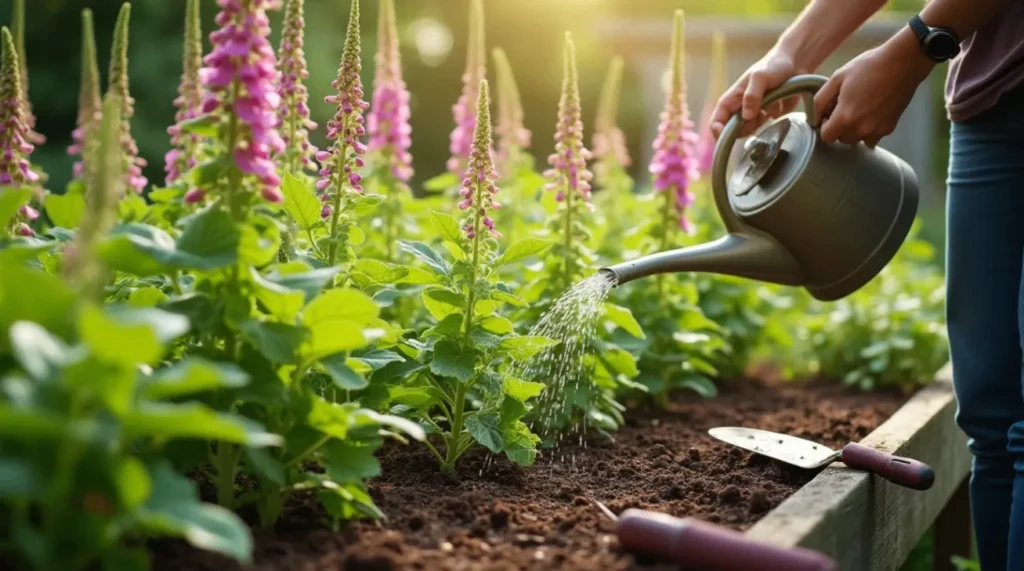
Optimal Soil Conditions
For foxglove plants to thrive, providing the optimal soil conditions is essential. Foxglove prefers well-draining soil that is rich in organic matter. A slightly acidic to neutral pH level, ranging from 5.5 to 7.0, is ideal. Before planting, amend your garden soil with compost or well-rotted manure to enhance its fertility and structure. This will not only improve drainage but also provide the necessary nutrients for vigorous growth. Avoid heavy, clayey soils that retain too much moisture, as they can lead to root rot. If your garden soil is not ideal, consider using raised beds or containers with a high-quality potting mix. Regularly monitor soil moisture, ensuring it remains consistently damp but not waterlogged. By maintaining optimal soil conditions, you create a conducive environment for your foxglove plants to develop strong roots and produce stunning blooms.
Watering and Feeding
Proper watering and feeding are crucial for the healthy growth of foxglove plants. Foxglove requires consistently moist soil, but it is important to avoid waterlogged conditions. Water the plants deeply at the base, allowing the soil to absorb moisture without saturating it. During dry periods, increase watering frequency to maintain soil moisture. 5/5 ChatGPT Applying mulch around the base of plants helps retain soil moisture and minimize evaporation.
Feeding foxglove plants with a balanced, slow-release fertilizer will support their growth and flowering. Apply fertilizer in early spring as new growth begins, and repeat every four to six weeks during the growing season. An organic fertilizer rich in phosphorus can promote more vibrant blooms. Be careful not to over-fertilize, as it can cause too much foliage growth and reduce the number of flowers. By maintaining a consistent watering and feeding schedule, you ensure that your foxglove plants receive the nutrients and hydration they need to flourish.
Dealing with Pests and Diseases
Foxglove plants are generally hardy, but they can still fall prey to pests and diseases. Common pests include aphids, slugs, and snails. Regularly inspect your plants for signs of infestation, such as discolored or damaged leaves. Use organic insecticidal soap to treat aphids and employ slug and snail traps or barriers to protect your plants.
Diseases such as powdery mildew, leaf spot, and root rot can also affect foxglove. To prevent these issues, ensure good air circulation around the plants by spacing them adequately and avoiding overhead watering. Trim away any affected leaves to halt the spread of the disease. Additionally, applying a fungicide can help manage fungal infections.
Maintaining healthy soil and practicing crop rotation can also reduce the risk of disease. By staying vigilant and taking prompt action, you can protect your foxglove plants from pests and diseases, ensuring their continued growth and vibrant blooms.
Achieving Stunning Blooms
Pruning for More Blooms
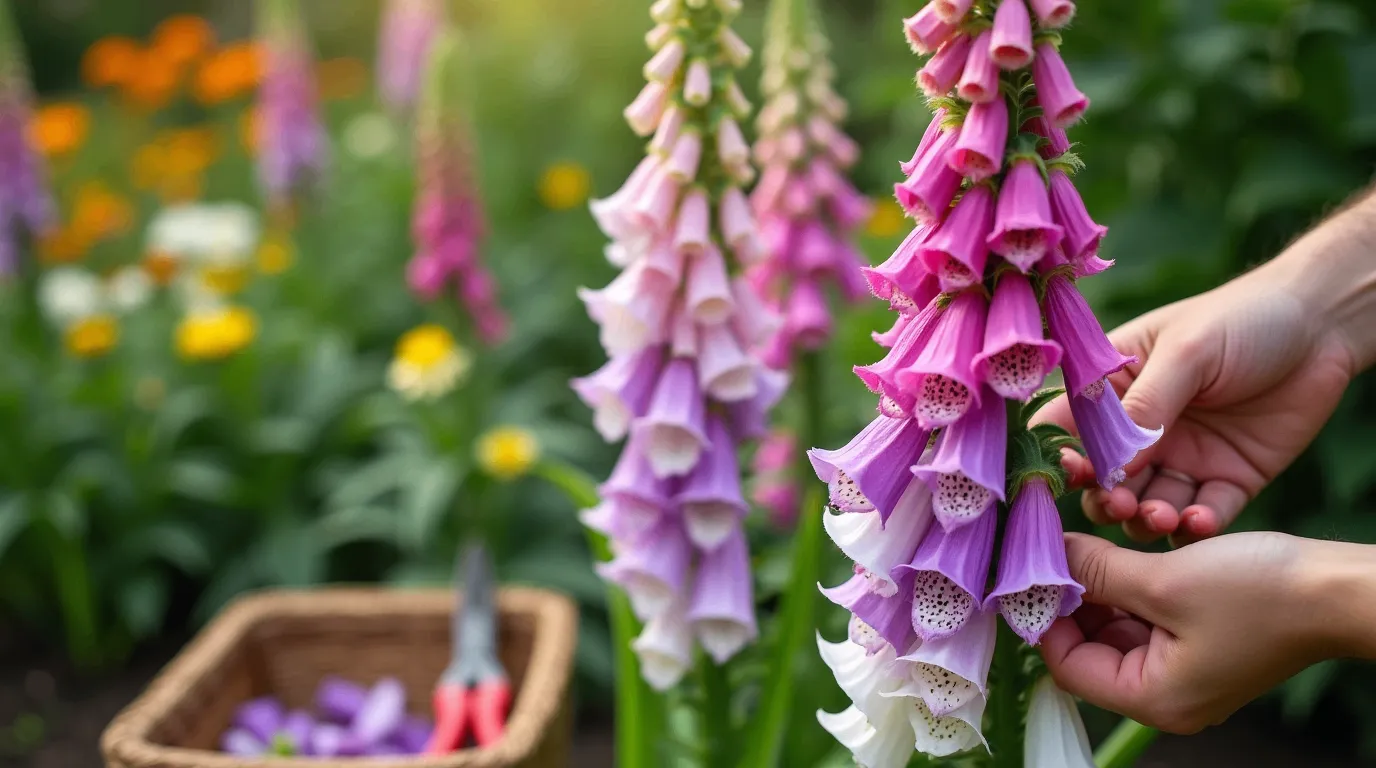
Pruning is a key technique to encourage more blooms and extend the flowering period of your foxglove plants. Begin by removing spent flowers, a process known as deadheading. This prevents the plant from expending energy on seed production, focusing instead on producing new blooms. Use sharp, clean scissors or pruning shears to cut the flower stalk just above the first set of healthy leaves.
In addition to deadheading, you can also prune the entire flower spike once the majority of the flowers have faded. This can stimulate the growth of secondary spikes, leading to additional floral displays later in the season. Be sure to keep the plants healthy by removing any damaged or diseased leaves and stems throughout the growing period.
Pruning not only promotes more blooms but also helps maintain the plant’s overall health and appearance. By incorporating regular pruning into your gardening routine, you can enjoy a prolonged and more abundant foxglove display.
Seasonal Care Tips
Providing seasonal care for your foxglove plants ensures they remain healthy and produce stunning blooms year after year. In spring, begin by removing any mulch or debris that accumulated over winter to prevent pests and diseases. Apply a fresh layer of compost to enrich the soil and encourage new growth.
During the summer, maintain consistent watering and mulch around the base of the plants to retain moisture and regulate soil temperature. Regularly removing faded flowers promotes continuous blooming. Inspect plants regularly for pests and diseases, taking immediate action to treat any issues found.
In autumn, allow some flower stalks to go to seed if you wish to encourage self-seeding for the following year. Cut back the foliage to tidy up the garden and reduce the risk of disease. For biennial varieties, protect the basal rosettes with a layer of mulch to insulate them over winter.
By following these seasonal care tips, you can ensure that your foxglove plants thrive and produce a spectacular display of blooms each year.
Extending Bloom Period
To extend the bloom period of your foxglove plants, incorporate a few strategic gardening practices. First, plant foxglove in staggered intervals. By sowing seeds or transplanting seedlings every few weeks during the planting season, you can ensure a continuous succession of blooms.
Deadheading, or removing spent flowers, is another effective technique. This encourages the plant to produce additional flower spikes instead of diverting energy to seed production. Regularly check your plants and promptly remove any wilting flowers.
Additionally, providing consistent care throughout the growing season is crucial. Ensure your foxglove plants receive adequate water and nutrients, particularly during the peak blooming period. Apply a balanced, slow-release fertilizer at the beginning of the growing season and follow up with a bloom-boosting fertilizer as flowers start to appear.
By combining these methods, you can enjoy a prolonged and vibrant display of foxglove blooms, enhancing the beauty of your garden for an extended period.



